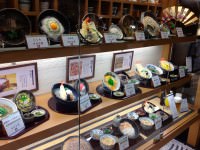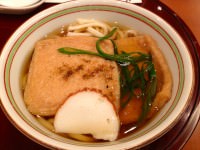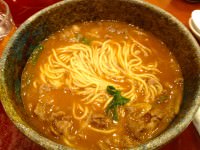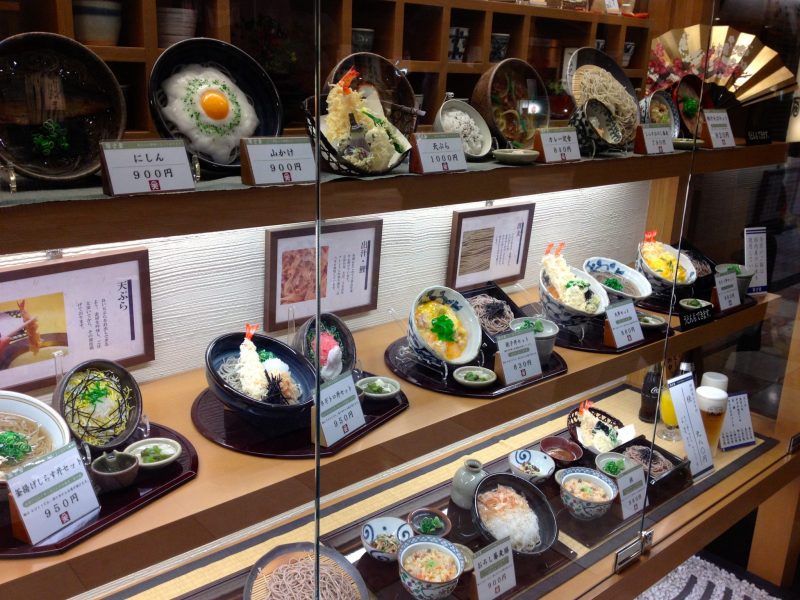
Hot vs. Cold
Most people think that only hot noodles are available, but there are a number of cold noodle dishes available. As much as I like noodles (I could eat noodles every day), I have a hard time eating a bowl of hot noodles on a hot summer day. Cold noodles can be very refreshing during the hot summer months.Noodle Types

Udon
These thick, white noodles made from wheat flour look and taste similar to the noodles you would find in mom’s chicken noodle soup.Soba
Soba is the same thing as buckwheat flour. Made from the flower of a plant, these noodles are thinner, usually gray in color and are served both hot and cold.Ramen
These came from China, and are made from eggs.Soumen
These are thinner versions of the udon noodles, and are served literally on ice during the summer months.Varieties
Here are just a few of the common types of noodle dishes you might find in a common noodle shop.





